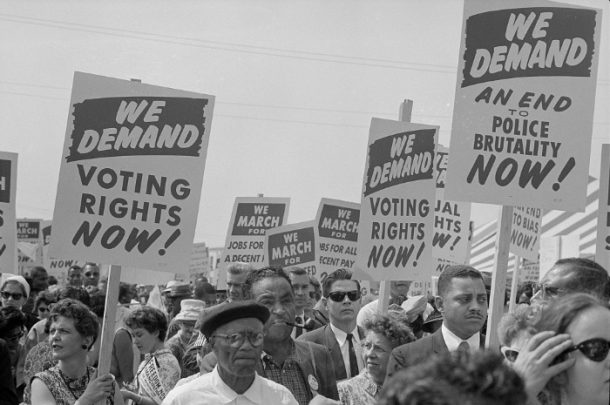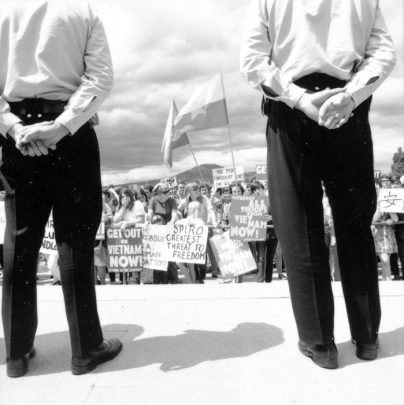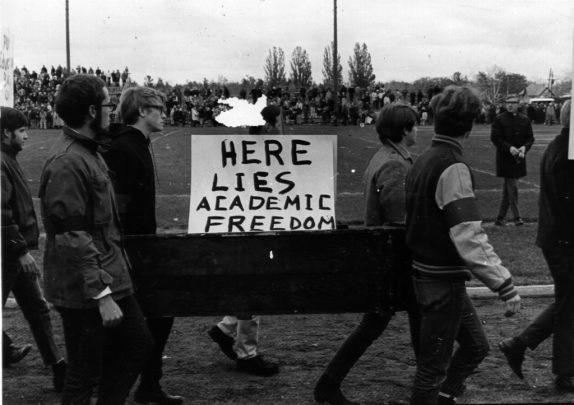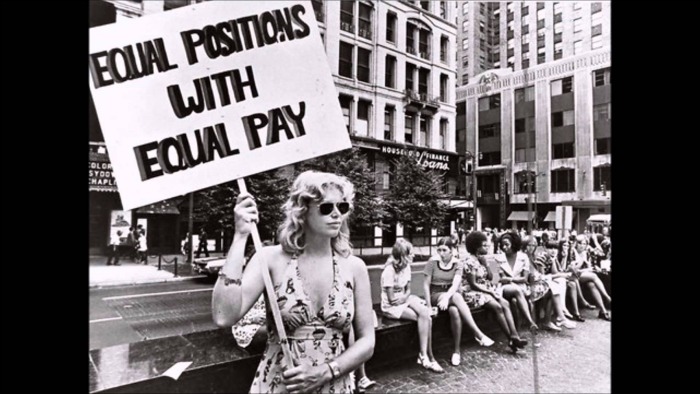Saturday Night Nostalgia: The protests we took part in

Times, they were a changin’, back in our youth and a lot of it was due to social change movements.
We were starting to realise what was going on around us and we didn’t always agree.
Television was now allowing people to witness events all over the world and it was time to protest. Hundreds and thousands of people who were gathering in one place determined to make a difference. We were holding sit-ins, carrying signs, and burning our bras. It was about everyday people fighting for all the things they believed in, or didn’t believe in.

Image: Wikimedia Commons/ Trikosko, Marion S
Civil Rights
It’s hard to believe that it was only as far back as the 1960s that racial discrimination meant some African Americans were refused service in restaurants and hotels, went to different schools and even had to sit in different areas on public transport. The March on Washington on August 28 in 1963 saw some 200,000 people hear Martin Luther King’s ‘I have a dream’ speech. “I have a dream that one day this nation will rise up and live out the true meaning of its creed–we hold these truths to be self-evident, that all men are created equal.”
There was also a fight for civil rights for Indigenous Australians in their own country. State laws in the 1950s dictated where they could live and even who they could marry.

Image: National Archives of Australia.
War
All they wanted was to give peace a chance, and the Vietnam War was cause for many a protest.
It was on October 21 in 1967 that crowds gather in Washington, D C for one united purpose. Nearly 100,000 people joined in to protest the American war effort in Vietnam. More than 50,000 of the protesters marched to the Pentagon to ask for an end to the conflict. The protest was the most dramatic sign of waning US support for the Vietnam war, with polls in the summer of 1967 revealing American support for the war had fallen below 50 per cent.
One of the largest protests ever seen in Melbourne, Australia, in 1970, was also to do with the Vietnam war. Spurred on by the success of further protests outside the White House in the US, with 500,000 protesters singing John Lennon’s ‘Give Peace A Chance’, leaders organised for demonstrations to be held on Australian soil. While protests were held all over the country the biggest was the one in Melbourne, with around 100,000 people flooding the streets. Further protests followed which also led to arrests and violent incidents.

Image: Ivystyle
Student movement
This movement was about racism and poverty, overcrowding on university campuses and restrictive campus rules. It started in 1960 but by 1968 there were over 100,000 who’d joined the Students for a Democratic Society organisation with the believe that not just the elite should have a university education. It was power to the young people for a political and economic change.

Source: Egalitarianism101/blogspot
Women’s Liberation
In the 60s women were ready to fight too; for equal pay and equal rights, the right to vote, and so much more. Remember when the contraceptive pill was only available to married women? There were strikes for equality, sit-in’s, and women even marched into public bars, even going so far as to chain themselves to the bar, as they were only allowed in the ladies lounge. While there were many different reasons women were protesting, it was all in the aim of changing the opinion of women being limited to a life as a housewife, post marriage and children.
Did you ever protest in public? What cause were you fighting for?








 Proudly Australian owned and operated
Proudly Australian owned and operated